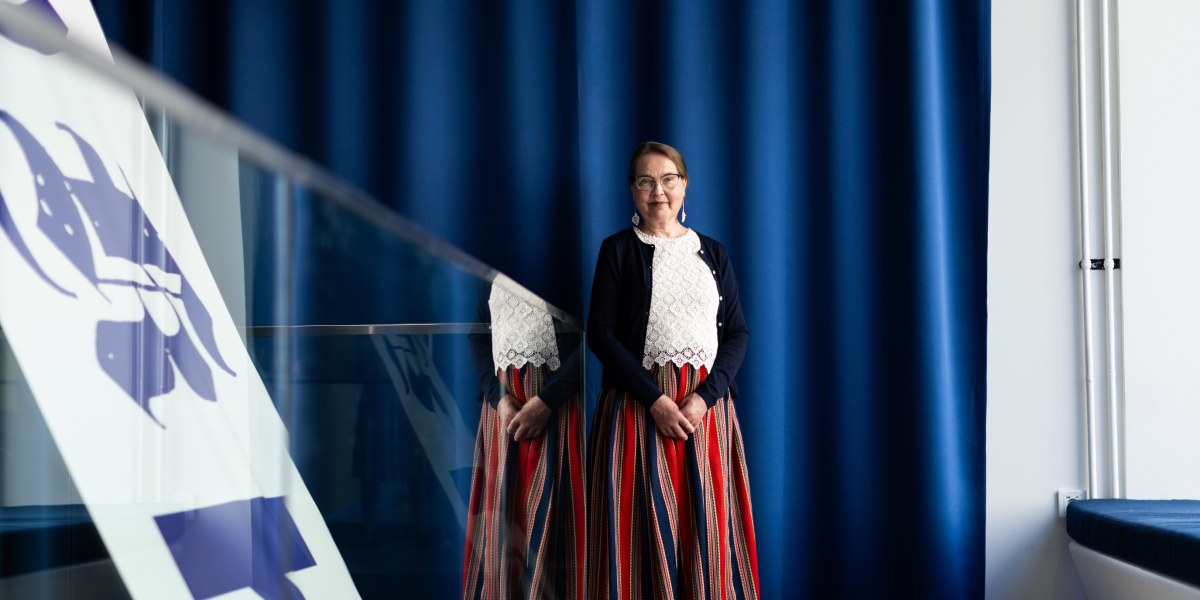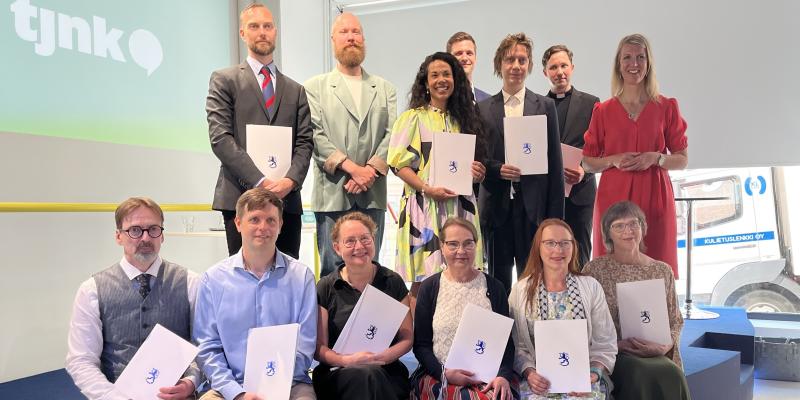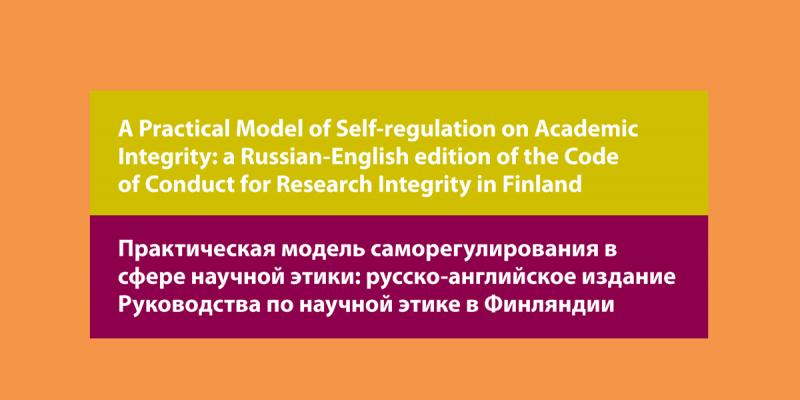
Art historian Leena Elina Valkeapää looked into her hometown's folk festival tradition and ended up researching the history of national costumes. She is more interested in the process of costume development than in the original styles.
Your book, Kansallispuvun kulttuurihistoria (“Cultural History of the National Costume”, 2023), which won the State Award for Public Information, is a meticulous study of Finnish national costumes. How does the work relate to your previous research as an art historian?
Leena Elina Valkeapää: The topics always link to my previous research, and so does the award-winning book. My research is like a tree with branches coming out of the trunk. My personal roots are in Sääksmäki in the village of Ritvala. It is the site of an annual folk festival that I have researched. People dress up in national costumes. That's where the national costume theme came from for me. I pay attention to the local, whatever the subject. I wrote my thesis on a medieval church in Sääksmäki. The work ended up expanding into a dissertation on the early stages of restoration of medieval churches. Churches were protected in Finland when it was realised that you can't do just anything to them.
There are many opinions and beliefs about national costumes, but surprisingly little academic research. In your book, you combine research with popular narrative. What kind of sources did you study and what kind of research methods did you use?
Leena: I'm a total archival enthusiast. I started my research on folk celebrations with press research. The first contemporary celebrations were held in 1904. I was spinning microfilms in the Valkeakoski library. As time went on, the newspaper stories began to include photographs. For me as an art historian, photos and objects are part of the research material. I have fifty pictures in my book. They are not just illustrations but are as important as documents and texts. You can get a lot of information from a picture. They tell you how the costumes were worn and what they looked like. I became interested in national costume catalogues as a child. We had some catalogues at home, which I was allowed to look at with my mother's permission. I am a child of Karelian refugees, and national costumes have always been important in my family. I have also had my own costumes since childhood.
In addition to the press articles and catalogues, I studied the costumes themselves, which are divided into approved and unapproved. Many garments donated to the museum used to be made from memory, if the original garment was in too bad a condition or was moth-eaten. I am not so much interested in the originality as in the process. That's what I deal with in the book, which includes detailed references to sources. I have received positive feedback about this.
The Sääksmäki woman's national costume is the red thread of the book. Why did you choose it?
Leena: The Sääksmäki costume has an interesting history. As soon as I realized this, I knew I didn't have to go fishing further out to sea. Nobody knows whether the original model for the Sääksmäki national costume was actually worn by people. It is characterised by striped woollen fabric. There are two versions of the costume: flowerless and flowery. The latter is best known from Paulig coffee's ads. When I started researching the history of the costume, I visited the Finnish Heritage Agency's Collections Centre in Orimattila to look at the clothes from Sääksmäki. I met Taina Kangas, a national costume consultant, and Marja-Liisa Väisänen, an amanuensis. Original pieces of clothing were spread out on the tables. I admired them, took pictures and notes, discussed what I saw with Taina and Marja-Liisa. My interest in this specific garment was solidified. The dress is so strange, the top is like a doll's dress. As if it had never been worn by anyone. I went through all the documents from the Agency on the subject. When I looked at the different stages of the costume, I found that the general stages in the development of national costumes coincide with it. In other words, by looking at one costume, I was able to highlight the whole evolution of national costumes. I first thought of writing a scientific article about national costumes. I later realised that the material would make a book.
Why don't you present traditional Roma or Sámi clothing in your book? Aren't they also national costumes?
Leena: They are folk costumes in constant use. That's why I don't show them. National costumes are versions of festive folk costumes. National costumes are models published by an authority and based on which they try to make costumes that are as similar as possible.
Are national costumes used to build Finnish national identity? Can anyone wear them?
Leena: In general, I believe everyone is free to wear whatever costume they want, although many people think that there should be some connection with the costume. The costume could help us think about where we belong and where we are connected to. If you don't like the costume of your place of origin, then you can get a costume that pleases you more. My roots are in Karelia. My parents are from neighbouring villages in what is now Russian Karelia. One of my costumes is from my father's home village of Kurkijoki, and as a child and young woman I wore a costume from Vyborg. I have never had a Sääksmäki costume.
When you put on a national costume, it should feel special. After all, it is a festive costume. On the other hand, you shouldn't always be too serious about them. Younger people are interested in wearing national costumes in a less disciplined way. There are also other initiatives. Costume designer Soja Murto has for example promoted “airing out” our national costumes by wearing them annually on the fifth of August, the birthday of Finnish national costumes.
Teksti: Helen Partti
Kuva: Usva Torkki


